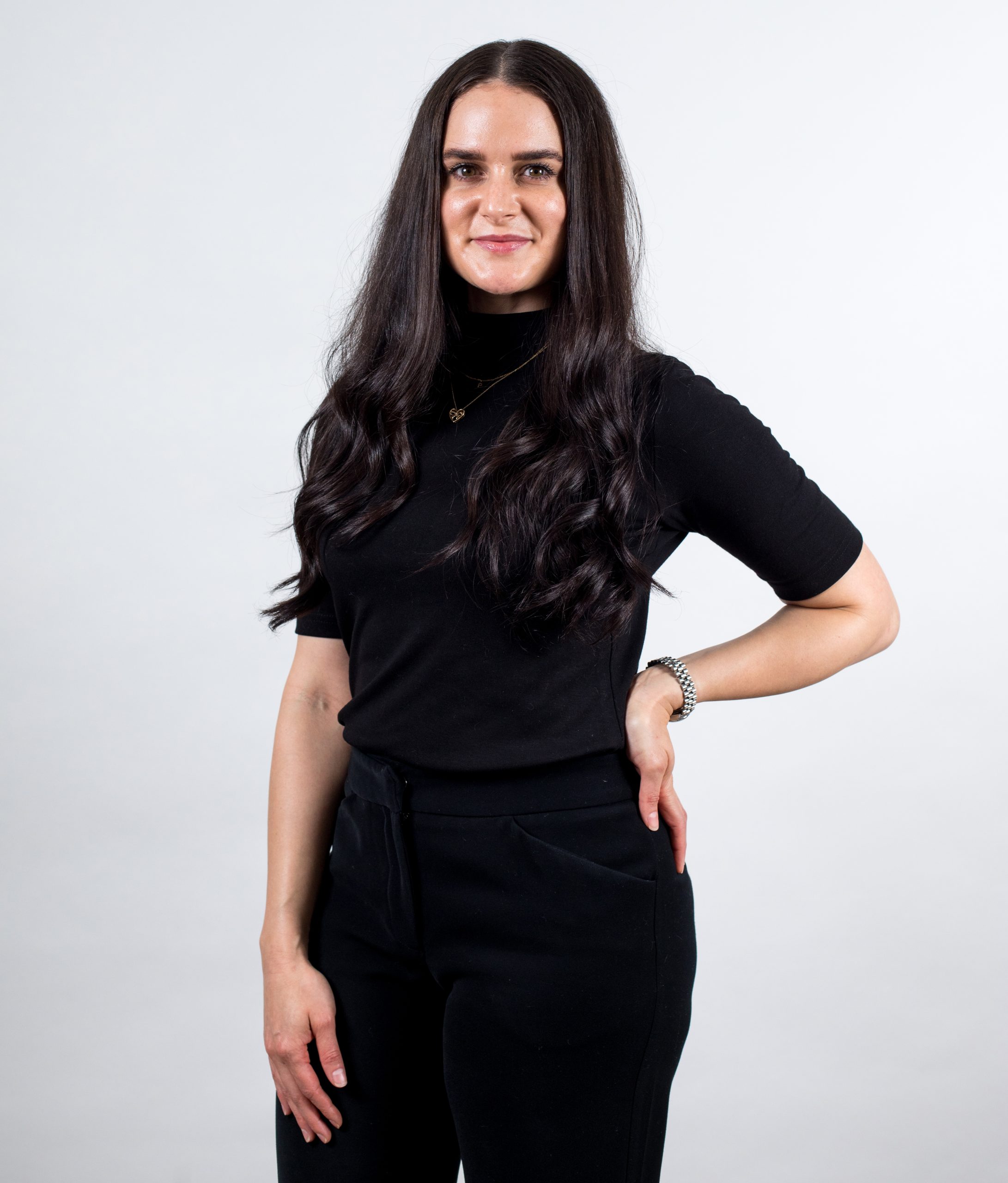Technology and skin health have seemingly collided with the growing sector of skin care apps. Can an app really tell you and your clients how healthy their skin is or how effective your treatments and products are at combating concerns? Can this be the tool that finally gets your clients not only compliant but consistent with their homecare?
A quick search for apps returns with more than 50 available skin care downloads. The claims range from the standard of helping change habits, creating custom skin care routines, tracking progress with artificial intelligence, analyzing skin, scanning products for hazardous ingredients, linking to a home device, and integrating with cosmetic manufacturers to the more niche of tele-connecting with a licensed practitioner, self-checking moles, finding comparable product on a budget, receiving alerts for the ultraviolet light index, and even facial exercise programs all from the comfort of our smartphone.
These interfaces are obviously more consumer-driven and vow to give the user more empowerment and education with their skin. But can these claims be too good to be true? With clients spending more time than ever on their devices, this may be the point to shift our focus onto helping them appropriately use and integrate apps into their routines.
{mprestriction ids=”3,4,26,18,6,7,8,9,14,18,43,44″}
WHY NOW?
The numbers speak for themselves; in 2021, there were 230 billion global app downloads.1 Research from a Nielsen study on mobile media usage found that users spend 89% of their time on apps rather than websites.2 Apps offer straightforward convenience that a website tends to lack. The term connect has become so synonymous with our lives that the trickle down into our skin care was only a matter of timing.
The online space is a multitude of tips, tricks, and hacks that seem to change every day; new products are pushed out complete with fancy marketing, and when friends and family share all their latest finds, it can leave consumers more confused than when they started.
As of the last couple of years, the virtual appointment has taken off and many people are now used to interfacing indirectly. As a provider, you are not always available, so apps may be a great option when your clients need a quick insight into their skin between appointments.
CAN APPS BE TRUSTED?
The apps themselves are teeming with reviews and ratings ranging from moderate to very poor, which shows the possible drawbacks the apps themselves can have. However, this can be more due to the claims the app developers are making. Over the last few years, the Federal Trade Commission has fined multiple skin care apps for claiming to help diagnose and treat specific skin conditions such as acne and skin cancer. The Federal Trade Commission found that the claims and studies the developers used to back them up were unsubstantiated and false.
Make sure your clients proceed with caution and steer away from those that overpromise. Many of the most recent reviews are tied to the artificial intelligence skin-tracing software. These are supposedly unique readings that not only assess current skin conditions and perceived age but also track chronological progress with product usage. Users seemed to be experiencing poor readings, false reports, and heavy glitches all tied to limitations within the system. The technology still has a way to go to even get remotely close to what we offer as professionals, but we cannot deny where it is heading in the future.
IS INTEGRATION POSSIBLE?
The short answer is absolutely. However, given the continued increase in dependence on mobile devices, it’s critical to adapt business strategies to your client’s behavior. Adjust your thinking on how to handle information and make skin care exciting for your audience – apps are an amazing tool for that. Start with transforming your treatment space with app-centric experiences. A simple hydration meter can detect changes in the moisture levels of skin before and after treatment. There are analysis devices such as skin scanners that can offer readings of the face in real time as well as take photos that can be saved to log progression.
Many professional brands have launched their own apps to interface with clients with what treatments they should get, how to find a practitioner, and even track procedure post-care with customized alerts. Many are free or very low cost to use.
To encourage effective applications of skin care apps, take a moment to look through the array of apps available to your clients and find ones that can solve specific issues. Whether taking quality progress photos, offering positive reinforcement for their routine, or reminding them to use sunscreen, there are ways to work this new face of technology into your individualized practice.
References
- 50 mobile app statistics for App Growth in 2022. Clearbridge Mobile. (2022, January 28). Retrieved April 18, 2022, from https://clearbridgemobile.com/stats-for-mobile-app-growth-and-success/#:~:text=In%202021%20there%20were%20230%20billion%20global%20app,and%20photo%20%26%20video%20apps%20in%202021.%20%28Source%29
- Chaffey, D., Kelly, M., & Mangles, C. (2021, March 30). Mobile Marketing Statistics Compilation. Smart Insights. Retrieved April 18, 2022, from https://www.smartinsights.com/mobile-marketing/mobile-marketing-analytics/mobile-marketing-statistics/
{/mprestriction}
 Elizabeth Brasher has been a licensed aesthetician since 2011 and has been practicing with a strive for advanced skin care education ever since. Brasher is an aesthetician at Premier Med Spa in Richardson, Texas. She continues to devote herself to helping her colleagues by offering expert training, heading online aesthetics forums, and writing contributions to industry magazines. At the beginning of 2020, Brasher became DERMASCOPE Magazine’s lead in-house aesthetician.
Elizabeth Brasher has been a licensed aesthetician since 2011 and has been practicing with a strive for advanced skin care education ever since. Brasher is an aesthetician at Premier Med Spa in Richardson, Texas. She continues to devote herself to helping her colleagues by offering expert training, heading online aesthetics forums, and writing contributions to industry magazines. At the beginning of 2020, Brasher became DERMASCOPE Magazine’s lead in-house aesthetician.

